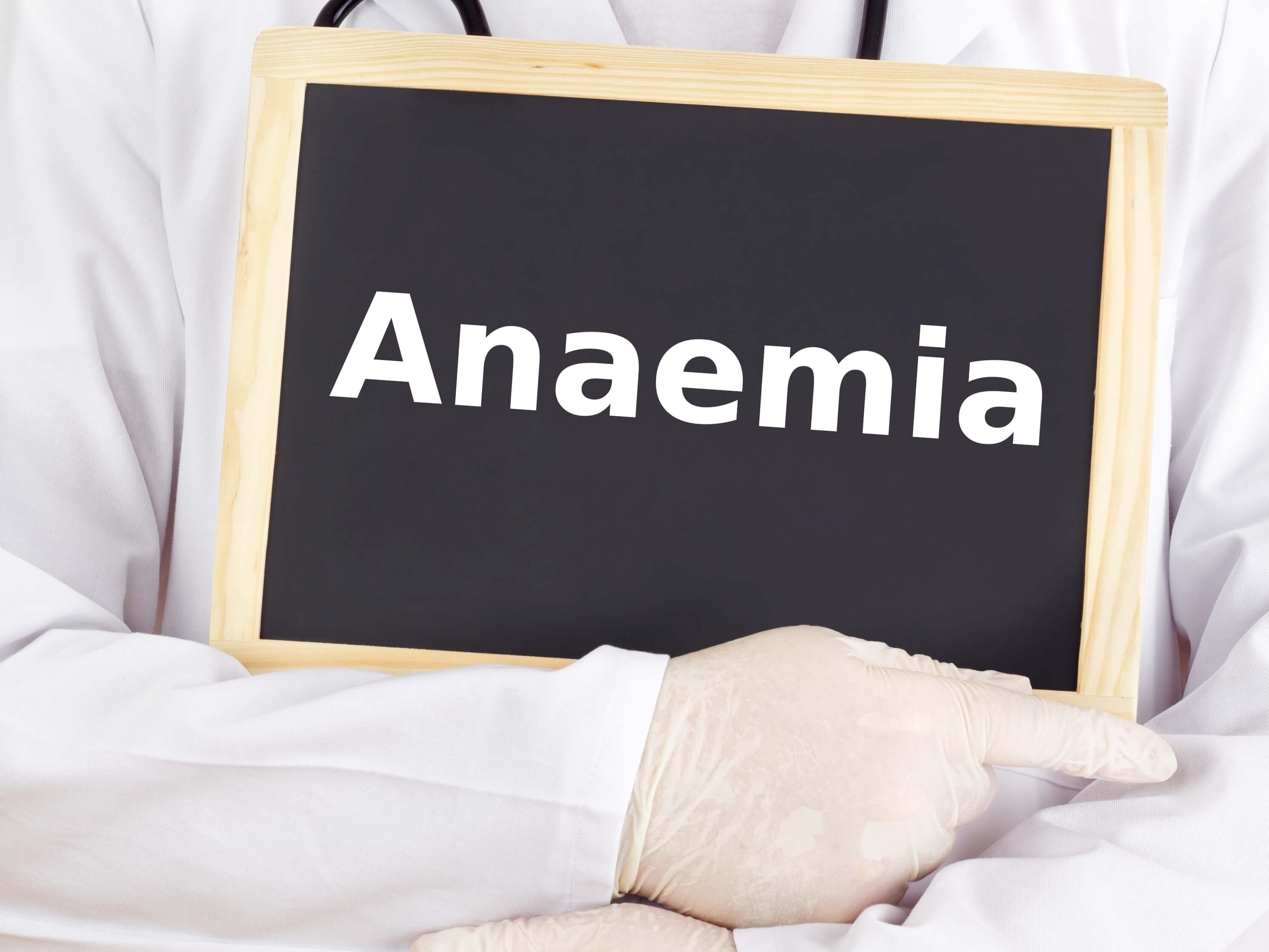Aplastic Anaemia and Stem Cells
There are a variety of health problems that can occur as a result of aplastic anaemia including; bleeding, infections, heart failure, irregular heart beats, and even death.[1]
There are several types of aplastic anaemia; it can be inherited, in forms such as Fanconi anaemia or Diamond-Blackfan anaemia, or it can be acquired. There are several causes of acquired aplastic anemia including infection, exposure to certain viruses, exposure to certain toxins, drugs, and more.[2]
Aplastic Anaemia Facts
- Annually, it occurs in about 2 per million of the population[2]
- It is less prevalent in the West, with Asia experiencing 2-3 times more cases[2]
- Acquired aplastic anaemia most commonly presents between 15 and 25 years of age[2]
- There are approximately 125 cases diagnosed every year[3]
- 30 cases are diagnosed in children each year[3]
- Fanconi anaemia is the most common form of inherited aplastic anaemia[4]
- There are currently 170 clinical trials investigating the application of stem cells for treatment [5]
- There are currently 46 clinical trials investigating the application of cord blood stem cells for treatment [6]
Aplastic Anaemia and Stem Cells
A stem cell transplant is the only real cure for aplastic anaemia, with allogeneic stem cell transplants being the preferred method. Allogeneic stem cells come from a donor, who could be a sibling, another family member, or a stranger found on a stem cell registry.[4]
A Phase 1 clinical trial is aiming to determine the efficacy and toxicity of using a patient’s own stem cells to treat the hereditary form of Fanconi anaemia. The stem cells have been modified in the laboratory to correct the defective gene which causes FA.[7]
References
- https://www.nhlbi.nih.gov/health/health-topics/topics/aplastic
- http://patient.info/doctor/aplastic-anaemia
- http://www.leukaemiacare.org.uk/aplastic-anaemia
- http://www.leukaemiacare.org.uk/aplastic-anaemia
- https://clinicaltrials.gov/ct2/results?term=aplastic+anaemia+stem+cells&Search=Search
- https://clinicaltrials.gov/ct2/results?term=aplastic+anaemia+cord+blood&Search=Search
- https://clinicaltrials.gov/ct2/show/NCT01331018?term=autologous+stem+cells+aplastic+anaemia&rank=12
The information contained in this article is for information purposes only and is not intended to replace the advice of a medical expert. If you have any concerns about your health we urge you to discuss them with your doctor.



